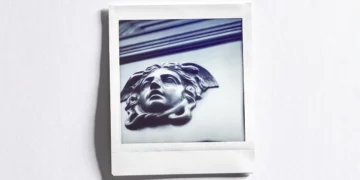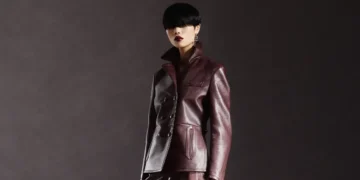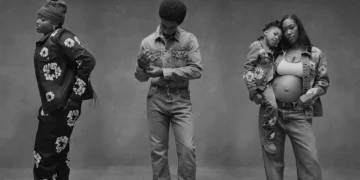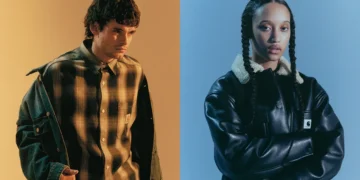
Luxury house Versace introduces Versace Embodied – a cultural initiative that seeks to define the house through its people, places, and emblems. This project emerges as an exploration of Versace’s essence, reflecting its past, present, and future. Rather than a campaign, it functions as a dialogue with individuals and collectives whose work channels uncompromising strength, rigour, and sexuality.
This launch marks the first of several chapters. Each chapter gathers voices unafraid of pushing expression forward, free from inhibition and united by the duality of body and mind. Their contributions form original responses that expand the values of the house. The project features photography, poetry, art, music, and film, each paired with objects from the archive to emphasize Versace’s lived experiences. The result is an unrestrained clash of perspectives, unified by intensity and creative force.
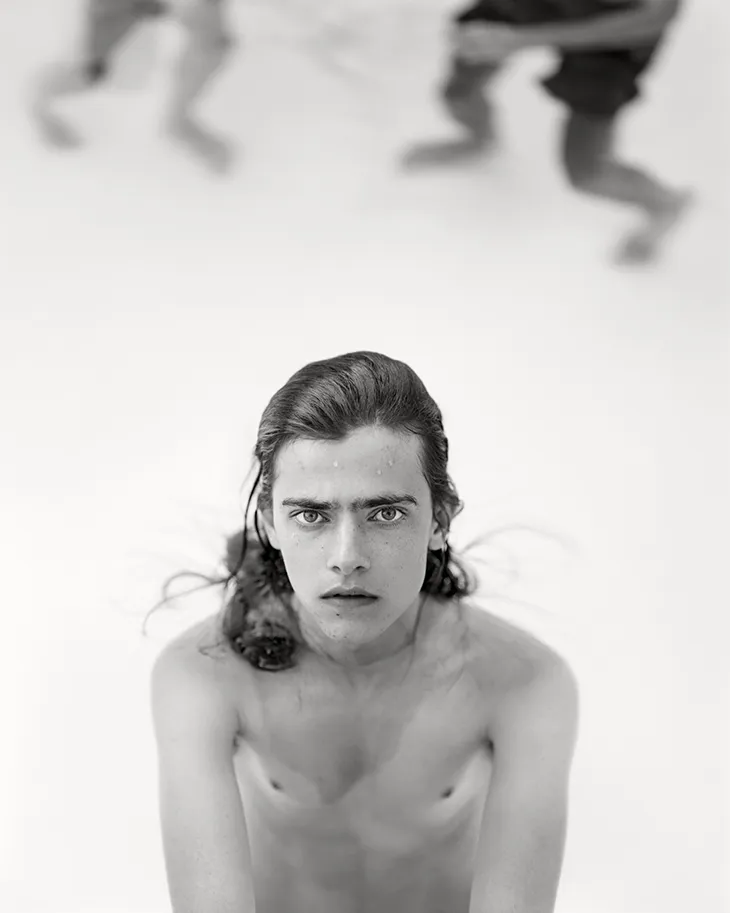
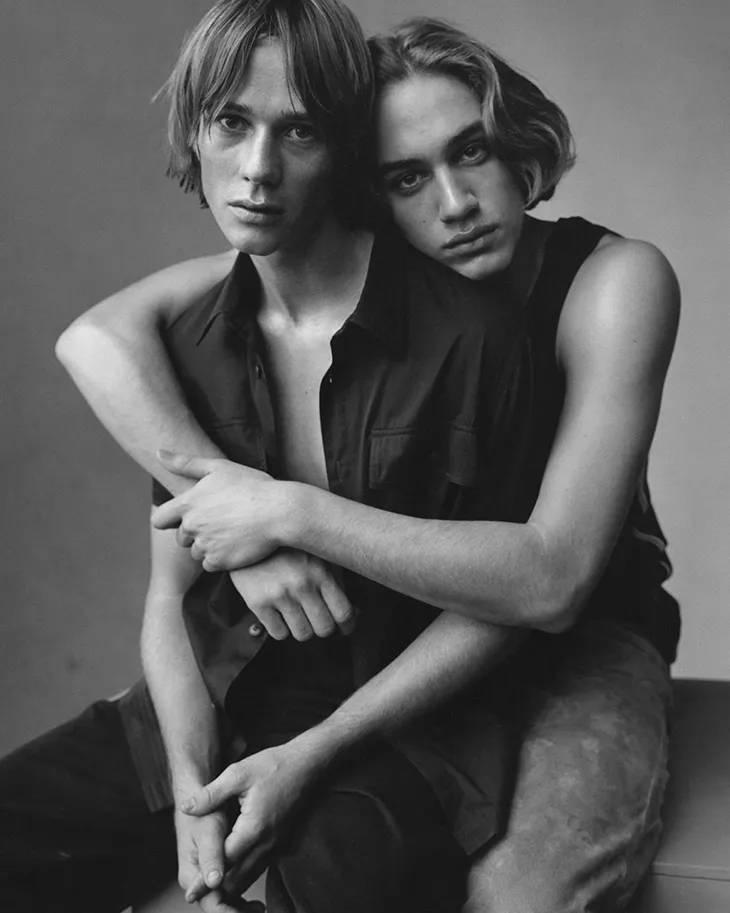
Creative Director Dario Vitale steers the project, which builds on Versace’s tradition of standing alongside pioneers of cultural change. By working with diverse collaborators, Versace invites audiences into an intimate view of the house. The Versace Embodied project connects contemporary work with the roots of the brand, returning to the bronze Medusa on the original atelier door at Via Gesù 12 in Milan.
Chapter One of Versace Embodied brings together a range of contributors. Camille Vivier photographs the Medusa emblem at the Milan atelier, framing it through her mythical and dreamlike lens. Andrea Modica turns to Southern Italy, capturing black-and-white portraits of youth that connect with Versace’s Mediterranean heritage. Archival work by Steven Meisel adds further depth, drawing on his long-standing relationship with the house through the Spring Summer 1997 ‘Istante’ catalogue.
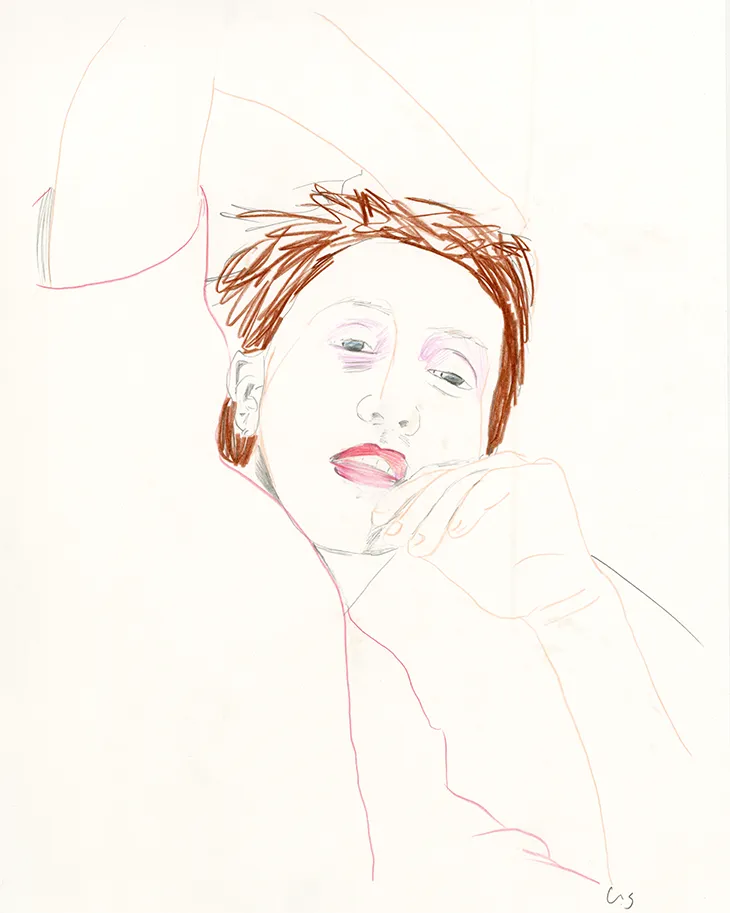
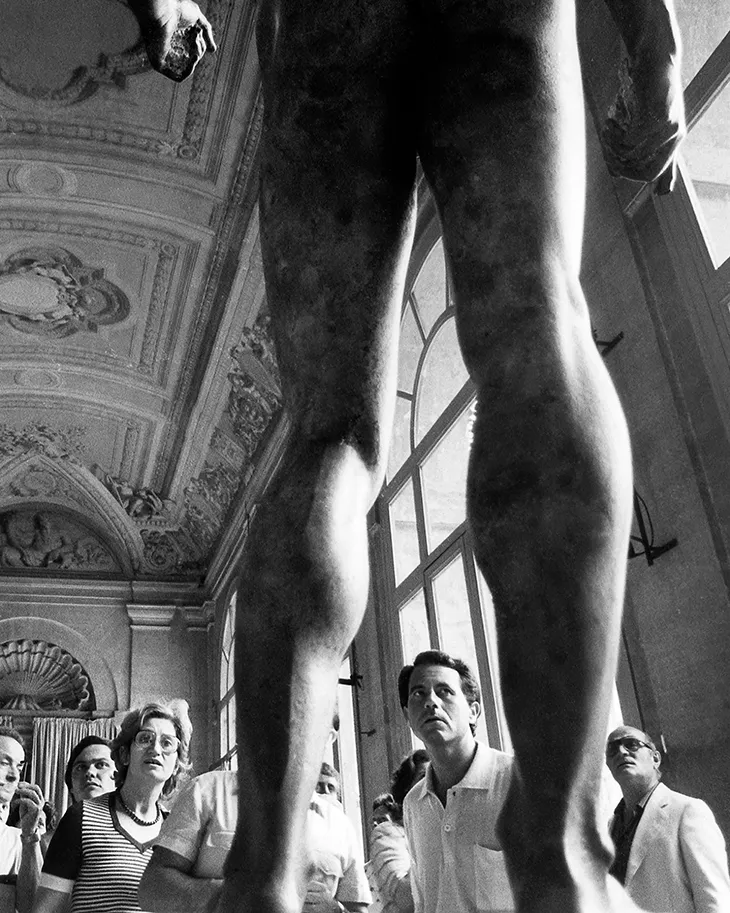
Illustrations by Collier Schorr form another component, offering intimate portraits that confront themes of sexuality central to Versace. Historical context also plays a role: a photograph of the Bronzi di Riace sculptures, first exhibited at Palazzo del Quirinale in 1981, recalls raw explorations of virility and voyeurism. Poet and novelist Eileen Myles adds a literary dimension with “Put It Back,” a new piece that responds instinctively to the intimacy and physicality associated with the brand.
Physicality also enters through Olly Elyte’s “Ponyboy,” a shared dance project created in New York and Los Angeles in 2025. Elyte’s work fosters space for community, connection, and uninhibited expression, reflecting Versace’s liberating edge. Stef Mitchell photographs model Binx Walton on a bike, a portrait of youth and independence that captures the irreverent energy aligned with Versace’s vision.
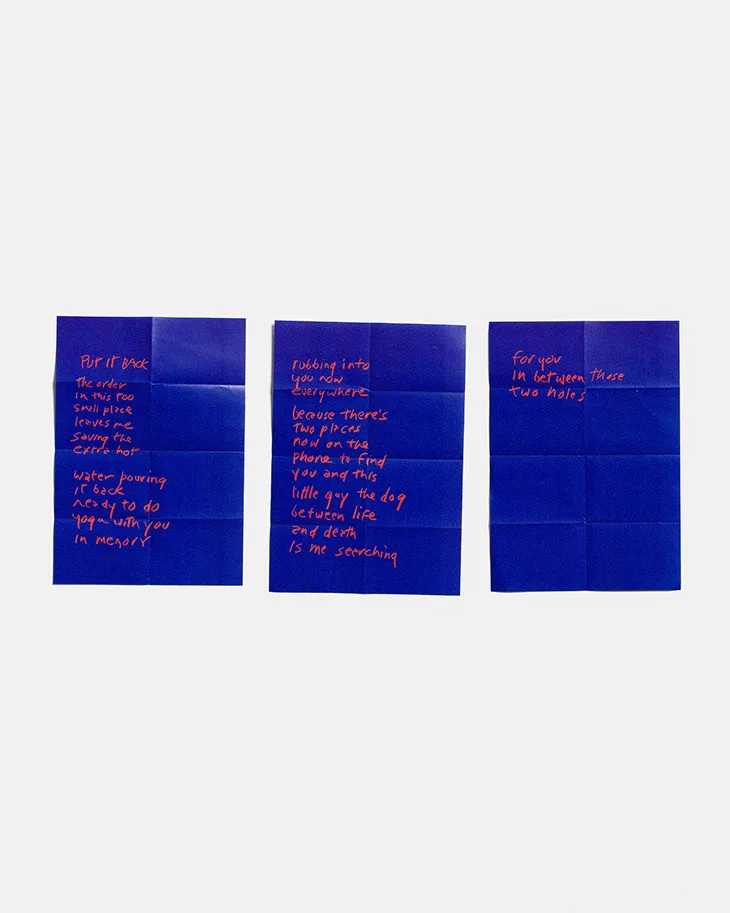
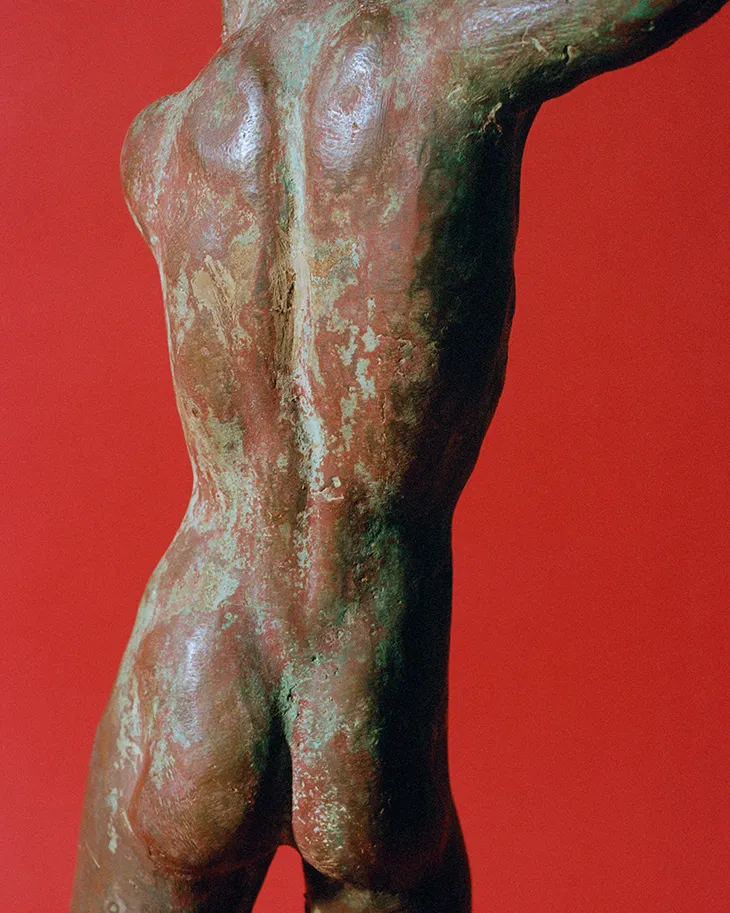
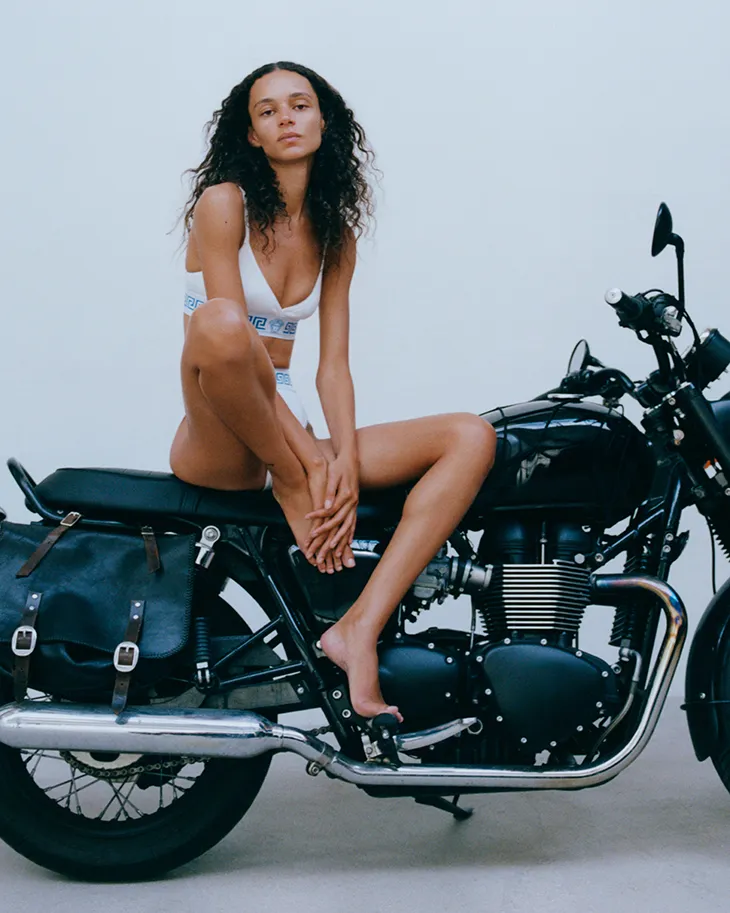
Through this collective effort, Versace sets the stage for a series of chapters that both archive and advance its values. Each piece adds to a wider conversation that honours the house’s history while engaging with its evolving presence.
